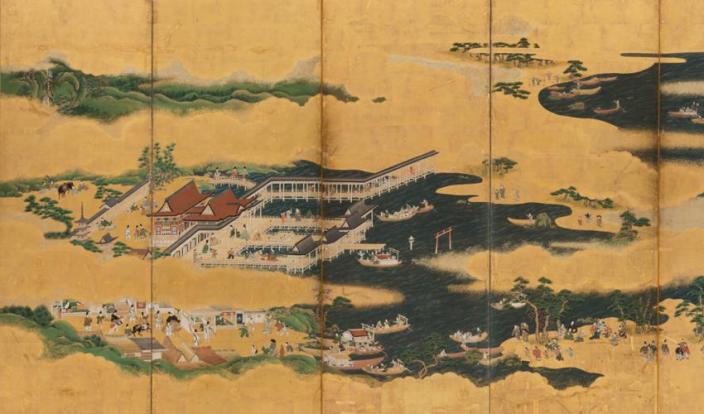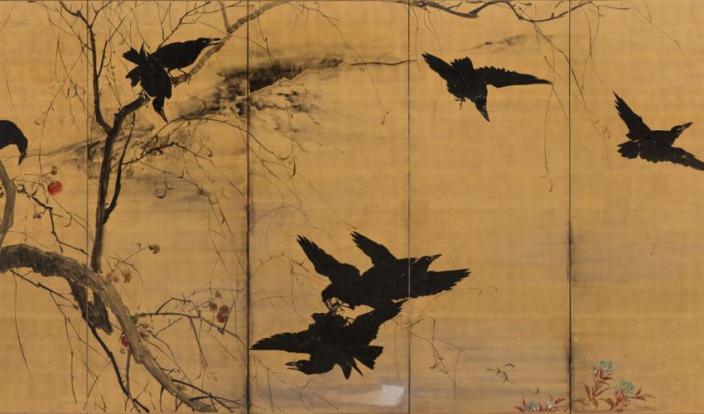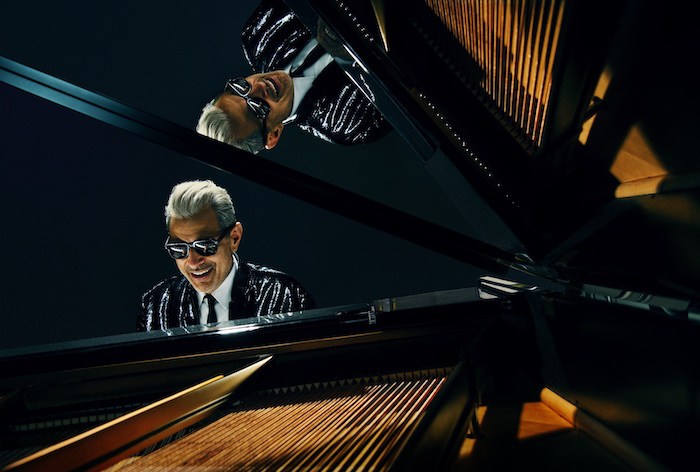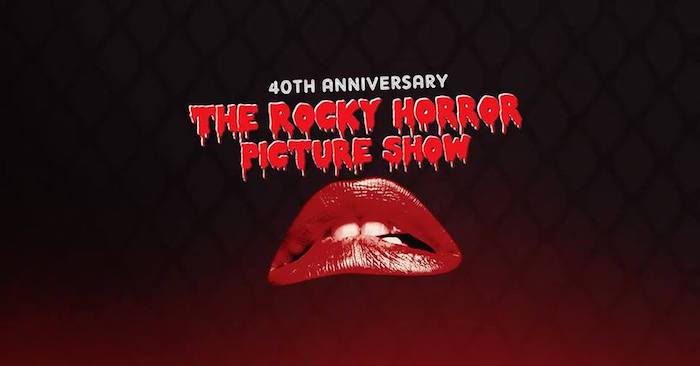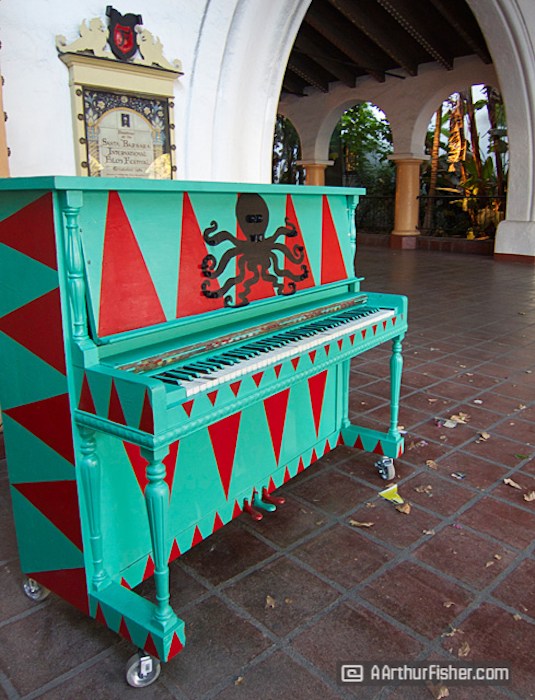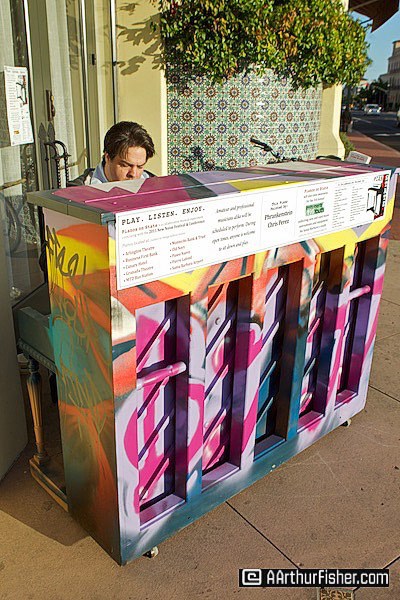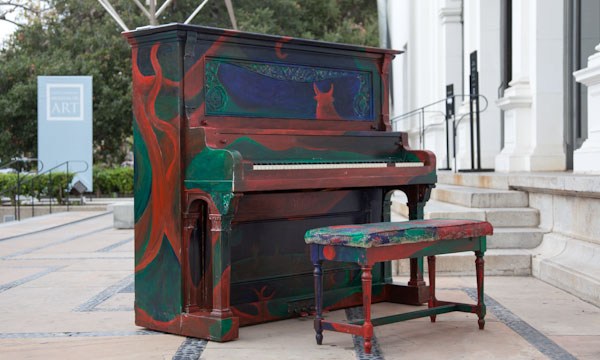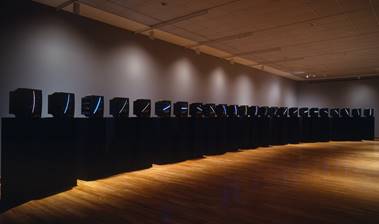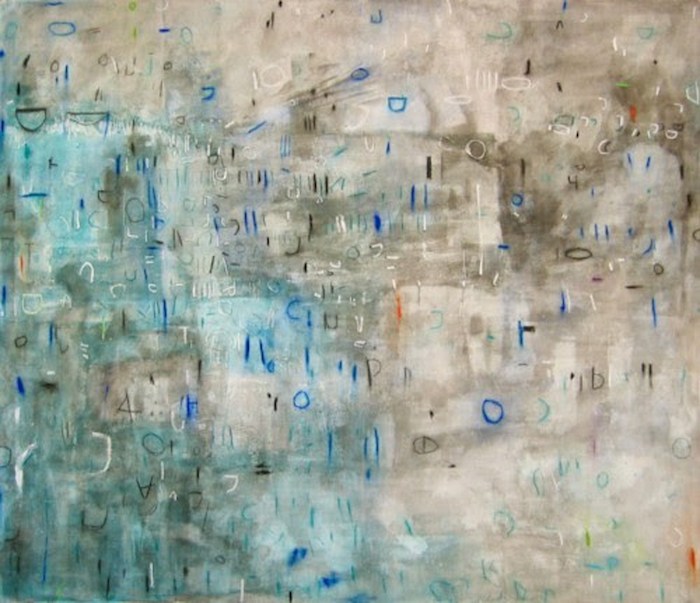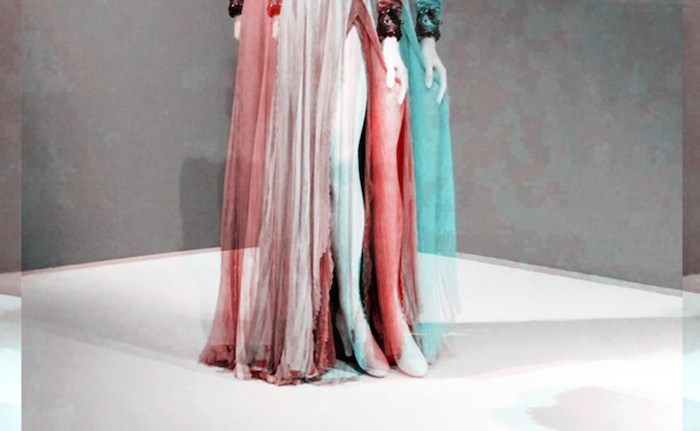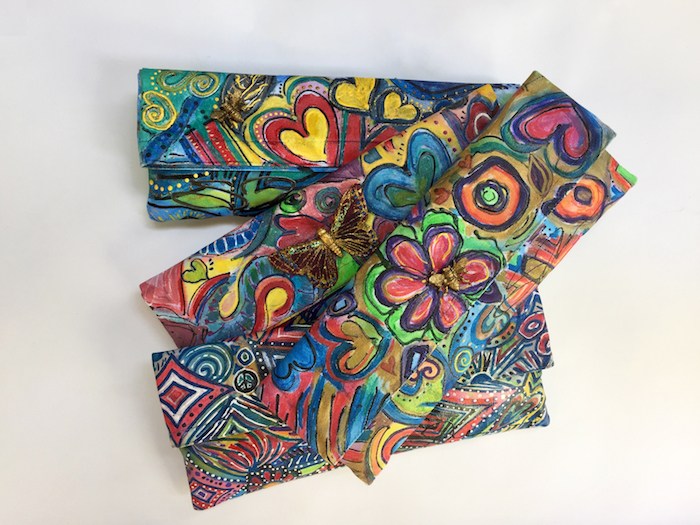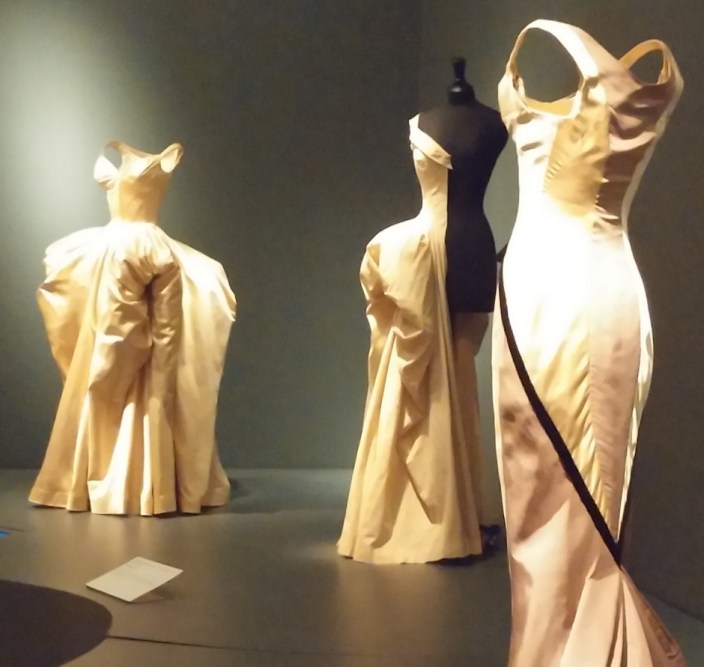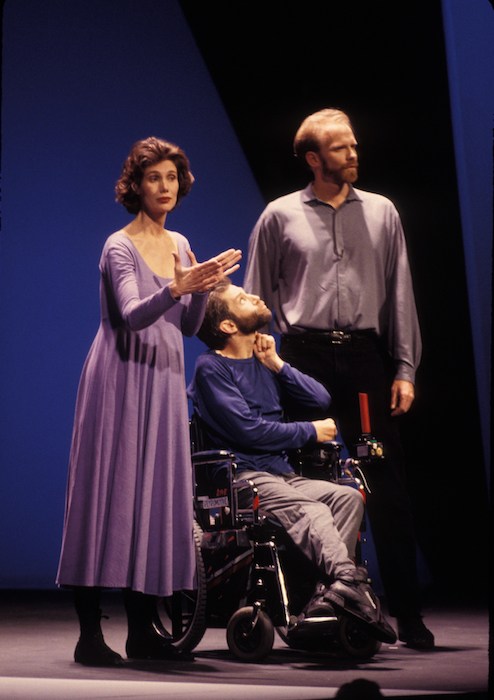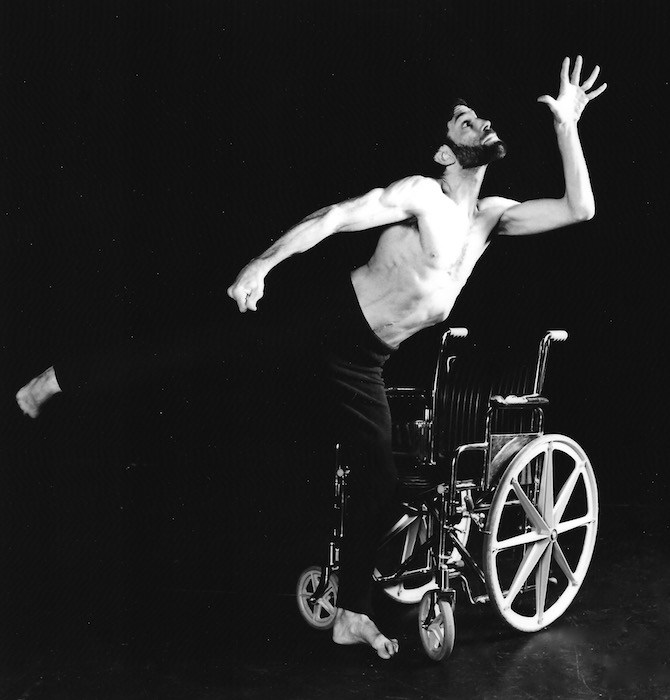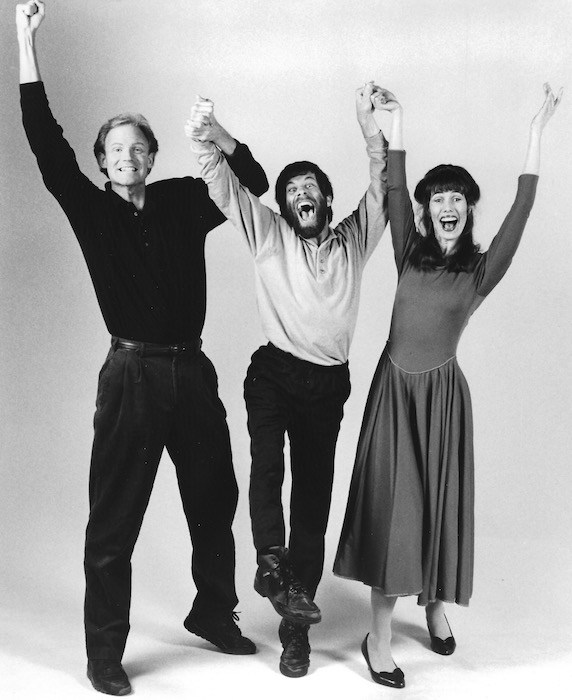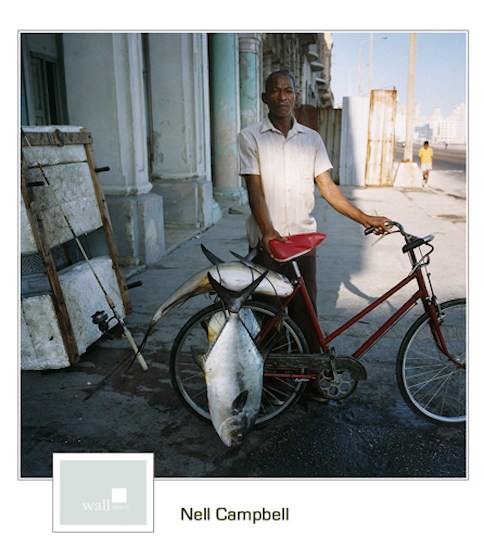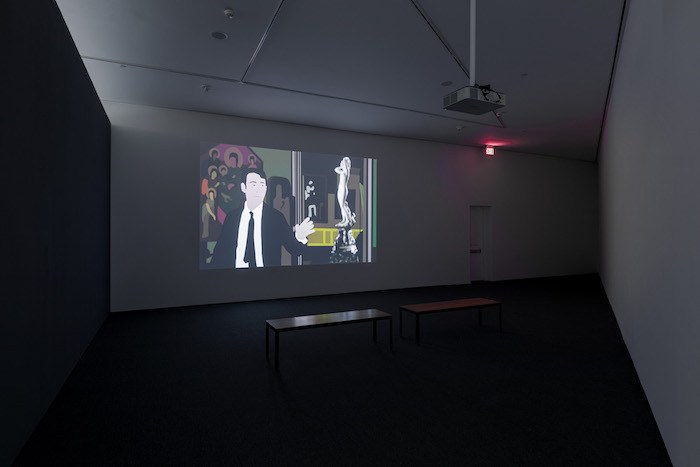
Kota Ezawa: The Crime of Art , Installation view at SITElab, SITE Santa Fe, NM, October 7, 2017 – January 10, 2018, Photo: Eric Swanson.
The new exhibit opening this weekend at Museum of Contemporary Art Santa Barbara (MCASB), “Kota Ezawa: The Crime of Art,” is a series of light-boxes and video animations by Oakland-based artist Kota Ezawa that chronicles some of the most infamous and high-profile museum heists in history. At the heart of this exhibition is a series of images paying homage to the 13 artworks—including those by Degas, Manet, Rembrandt and Vermeer— stolen from the Isabella Stewart Gardner Museum in 1990.
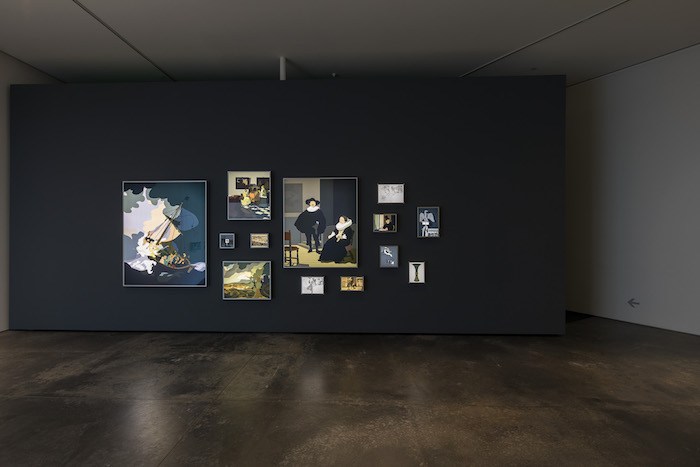
Kota Ezawa: The Crime of Art , Installation view at SITElab, SITE Santa Fe, NM, October 7, 2017 – January 10, 2018, Photo: Eric Swanson.
Ezawa’s digital interpretations of the stolen masterpieces are presented to scale and illuminated in light-boxes that serve as modern apparitions of the centuries-old works. According to MCASB, “These technological vestiges are at once copies of the originals, while also carrying the mark of Ezawa’s animated hand. Reduced to flat planes of color, the original paintings take on new life as Ezawa plays with ideas of appropriation and originality.”
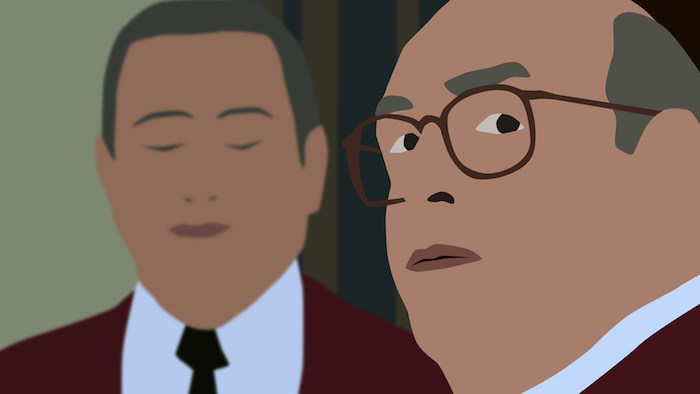
Kota Ezawa, Still from Exquisite Corpse , 2017, Single-channel color video, Courtesy the Artist; Christopher Grimes Gallery, Santa Monica; and Haines Gallery, San Francisco.
Also on display with the light boxes are video works, including a black and white reproduction of the security footage of the Isabella Stewart Gardner Museum heist.
“My prior drawings exclusively used photographs as source material. This series for the first time draws upon painting only to recognize that painters before 1850, like Rembrandt and Vermeer, were essentially the photographers of their time. In the absence of photographs, their paintings take on the task of recording reality with the scrutiny and minuteness that we now expect from cameras,” says Ezawa. “In this way, the new series extends my project ‘The History of Photography Remix’ into the pre-photography age of images. In addition, I feel compelled to produce an exhibition dealing with ‘stolen artworks’ because my own process could be regarded as a form of image theft. One could say I’m hoping to steal these images back and give them a new life.”
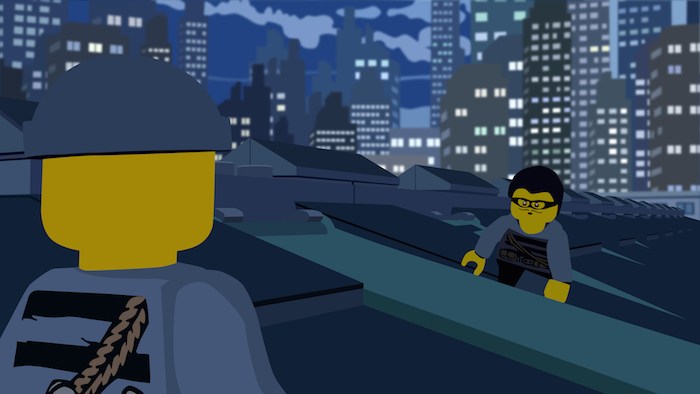
Kota Ezawa, Still from Exquisite Corpse , 2017, Single-channel color video,
Courtesy the Artist; Christopher Grimes Gallery, Santa Monica; and Haines Gallery,
San Francisco.
“In the absence of the original works, viewers must rely solely on reproductions of the lost Stewart Gardner paintings. Whether printed in a textbook, projected in a lecture hall, or gathered from Google image search results, artwork reproductions are ubiquitous. In this way, Ezawa asks: what does it mean to be original?” say the Organizers.
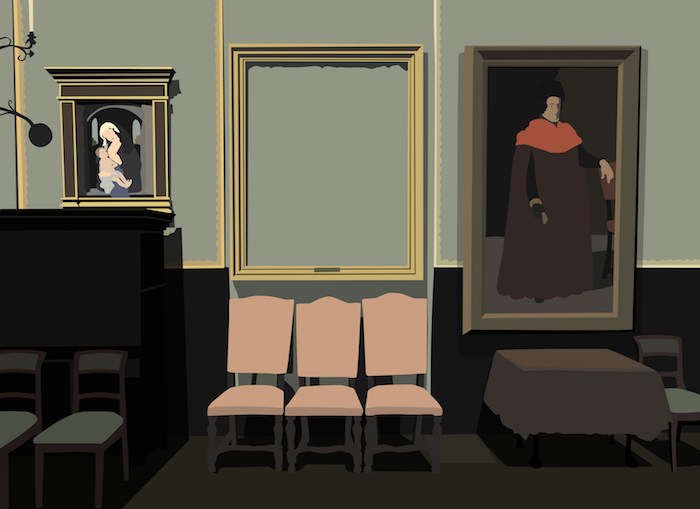
Kota Ezawa, Empty Frame , 2015, Duratrans transparency and LED lightbox,
24 x 33 in., Courtesy the Artist; Christopher Grimes Gallery, Santa Monica; and Haines Gallery, San Francisco.
Ezawa’s work has been shown in solo exhibitions at SITE Santa Fe (2017), Albright Knox Art Gallery, Buffalo, NY (2013), Vancouver Art Gallery Offsite (2012) and Hayward Gallery Project Space, London (2007), as well as in recent group
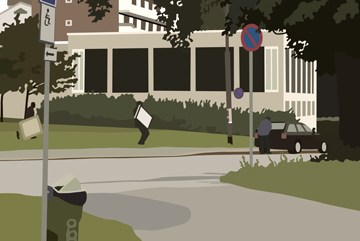
Kota Ezawa, Munch Theft , 2017, Duratrans transparency and LED lightbox, 40 x 50 in., Courtesy the Artist; Christopher Grimes Gallery, Santa Monica; and Haines
Gallery, San Francisco.
exhibitions at Hamburger Kunsthalle (2018); Musée d’art contemporain de Montréal (2017); Museo Thyssen-Bornemisza, Madrid, Spain (2017); and San Francisco Museum of Modern Art (2016). Ezawa’s work has earned a number of awards, including the SECA Art Award of the San Francisco Museum of Modern Art (2006), a Eureka Fellowship from the Fleishhacker Foundation (2010), and a Louis Comfort Tiffany Foundation Biennial Award (2003). His work is included in renowned collections such as: Museum of Modern Art, New York; Metropolitan Museum of Art; Hirshhorn Museum and Sculpture Garden; San Francisco Museum of Modern Art; and Kunsthalle Bremen, among others.
Kota Ezawa: The Crime of Art was curated by Irene Hofmann and organized by SITE Santa Fe with the Mead Art Museum.
The opening reception is Saturday, November 10, from 6 – 8 p.m., with a special discussion session, “In Conversation: Kota Ezawa with Curator Irene Hofmann,” that evening from 5-6 p.m. The show will remain on view through February 3, 2019 at MCASB, 653 Paseo Nuevo, Santa Barbara, mcasantabarbara.org.
Originally published in Santa Barbara Seasons on November 9, 2018.

